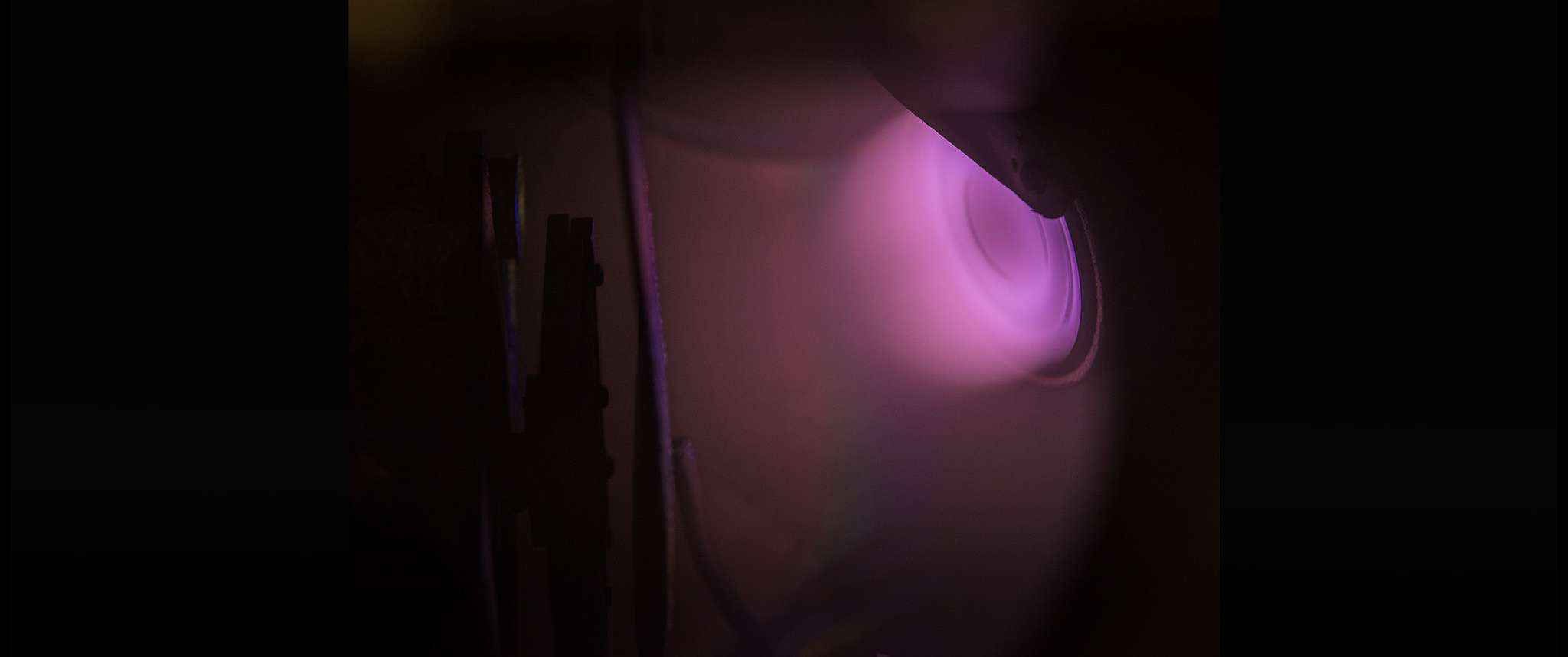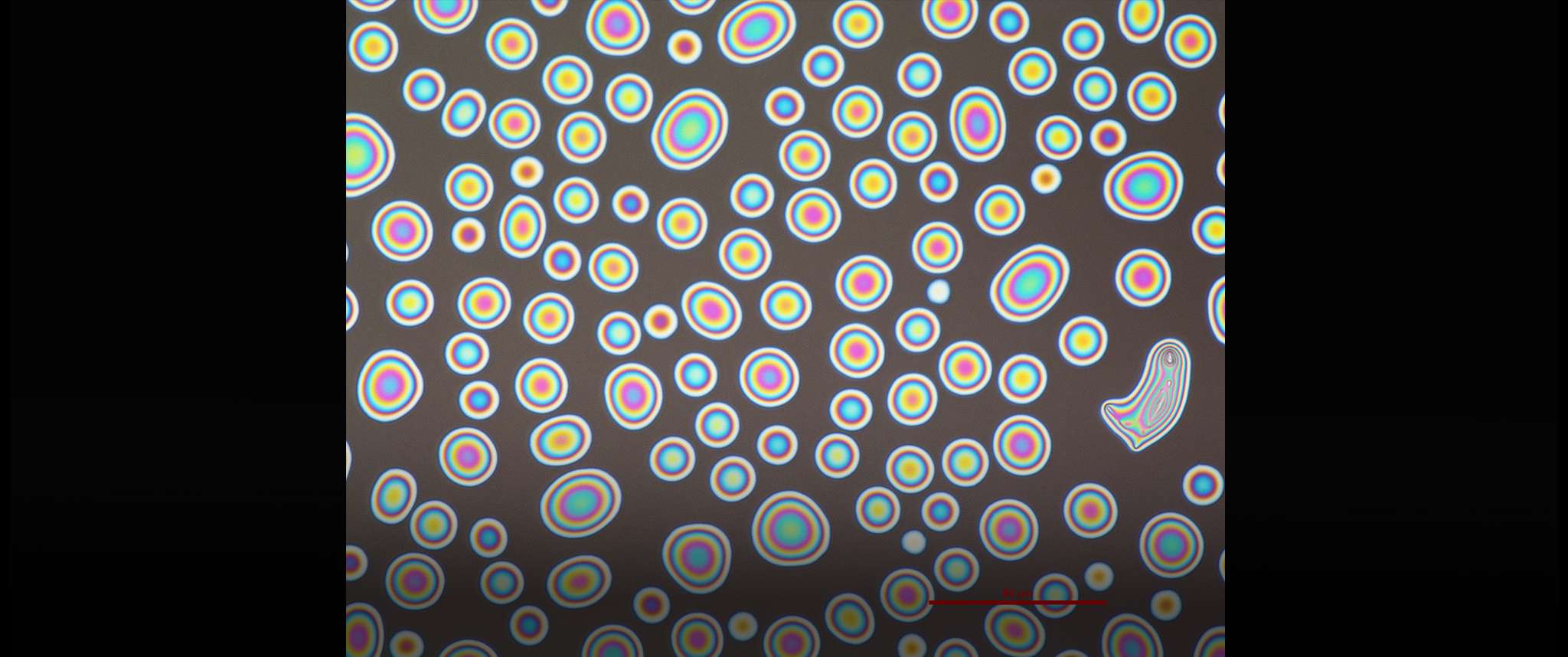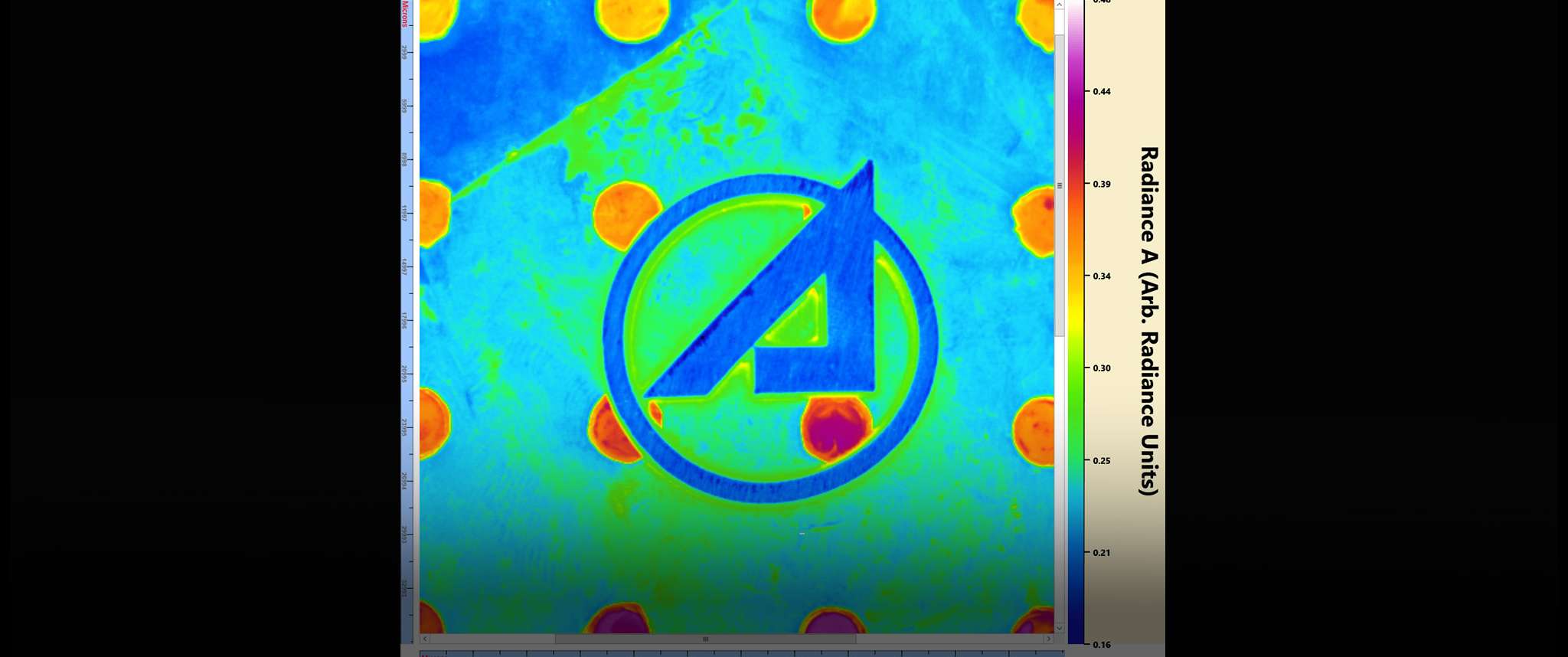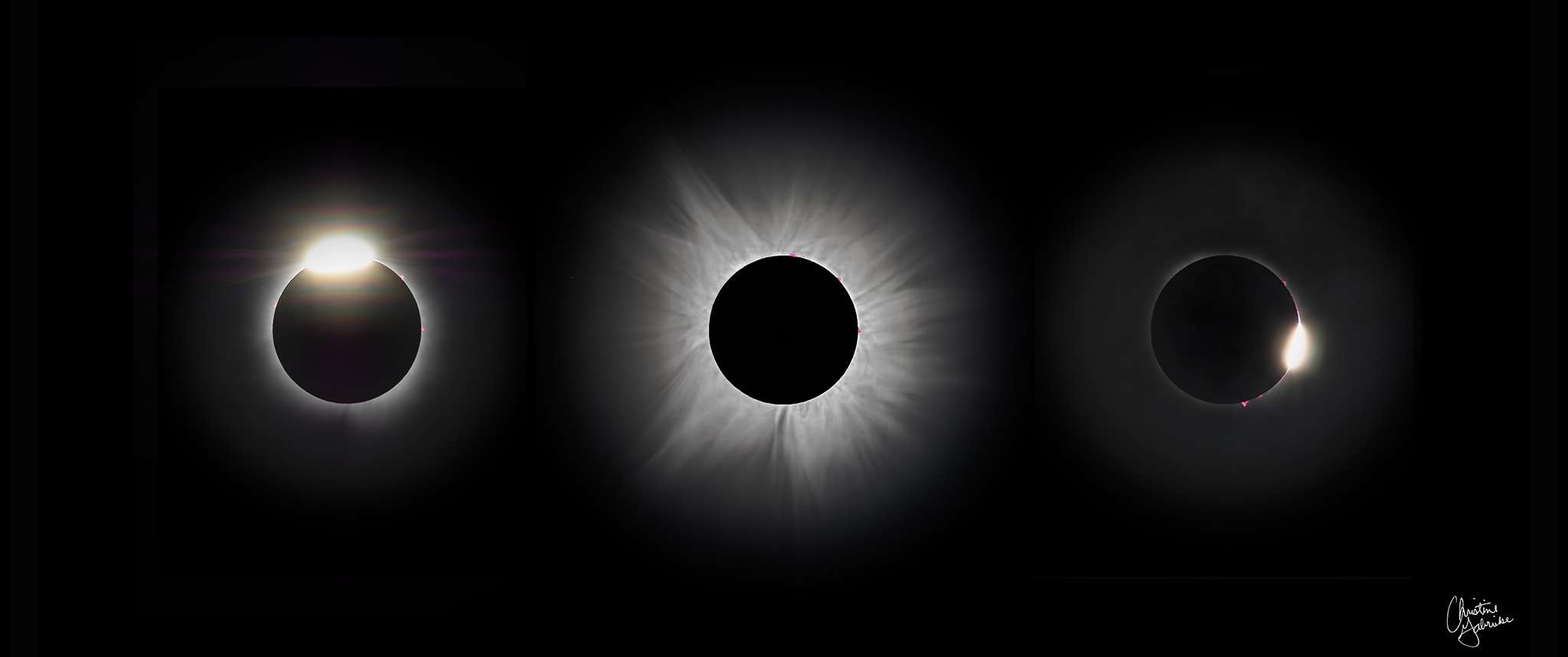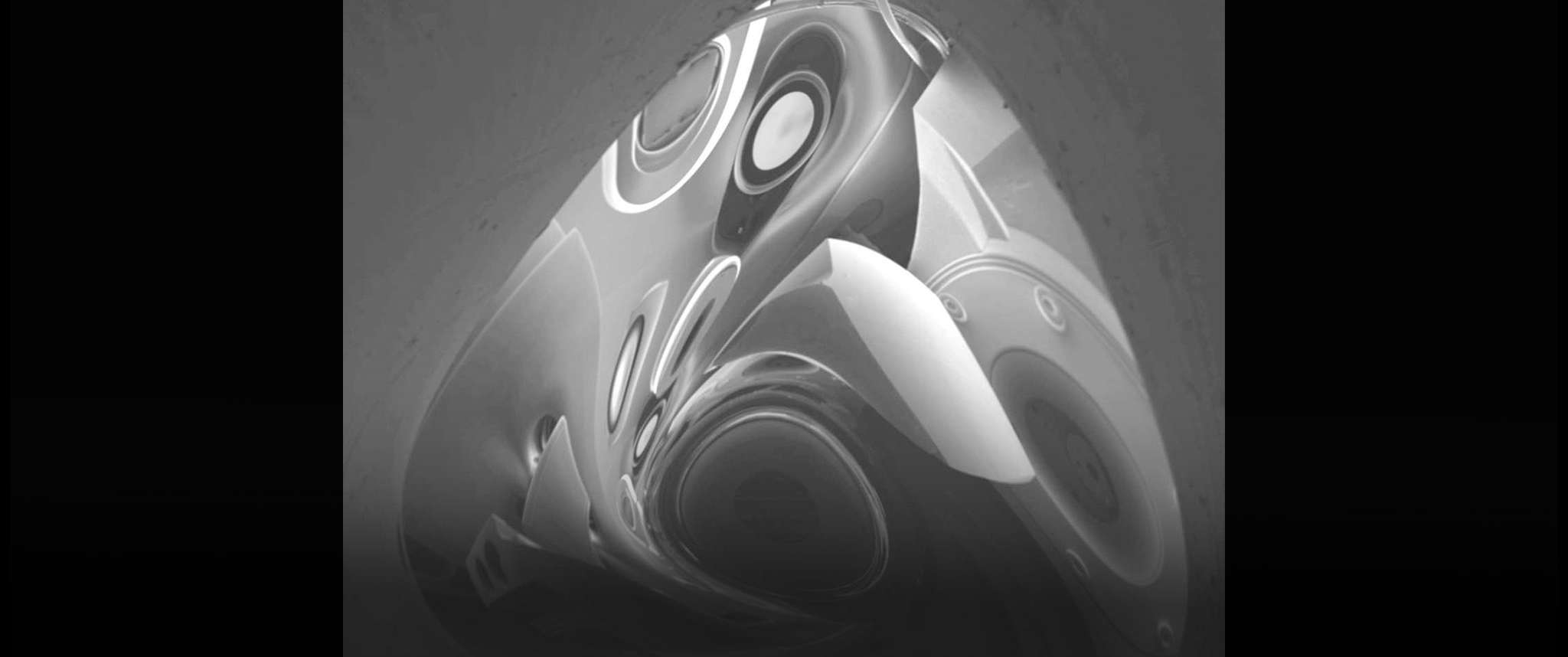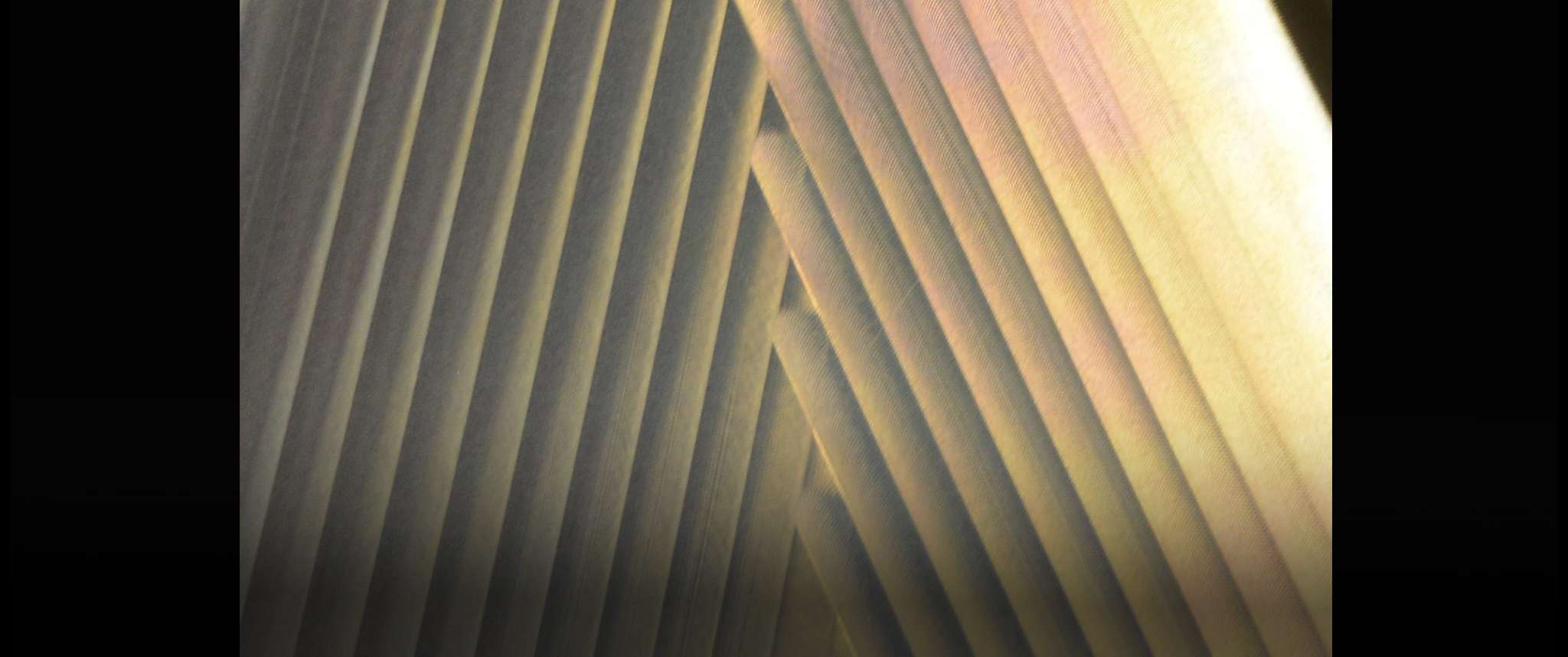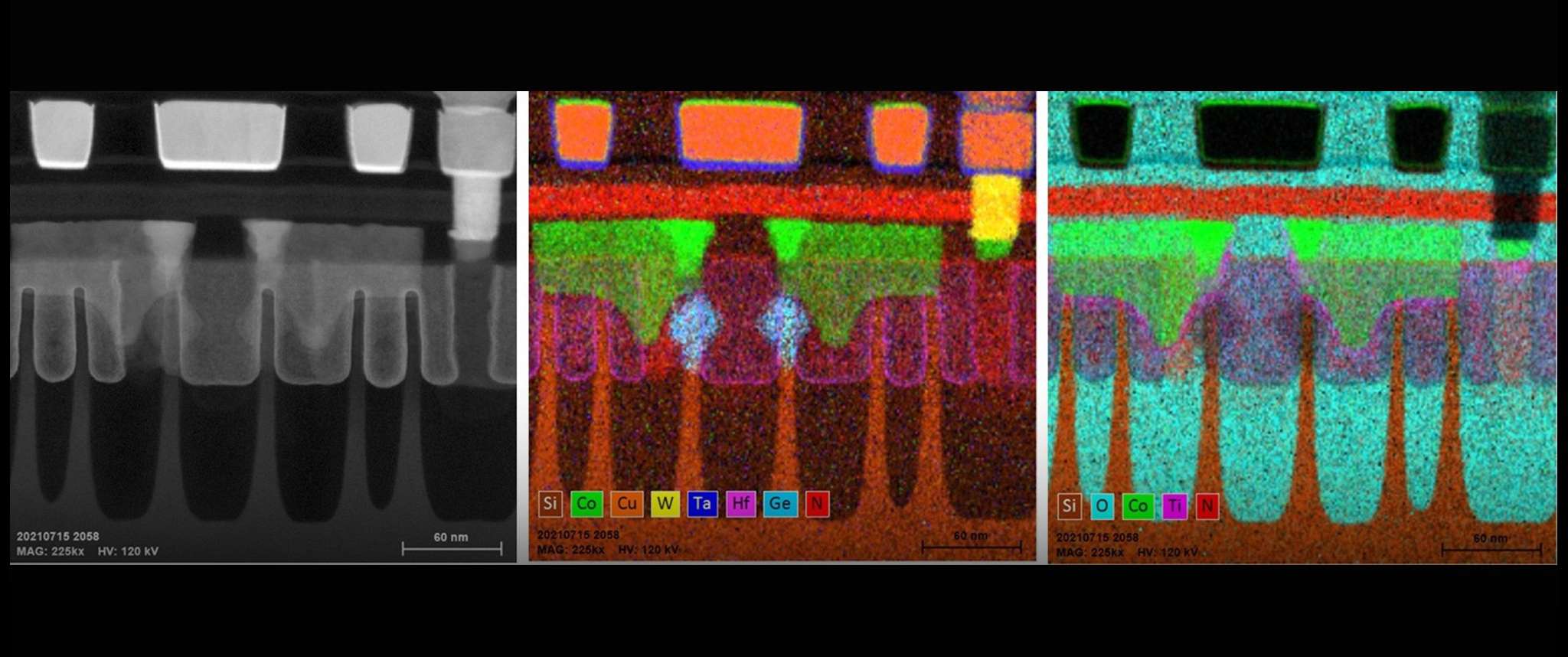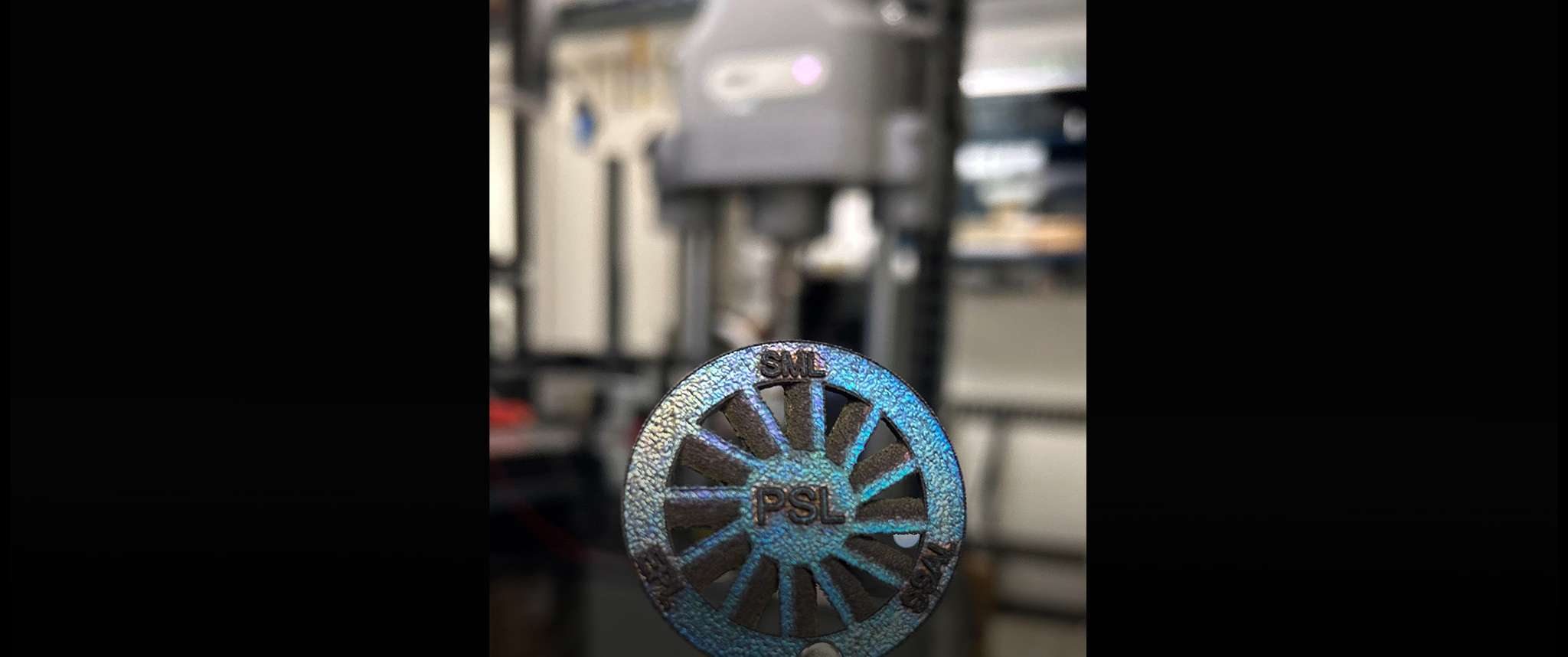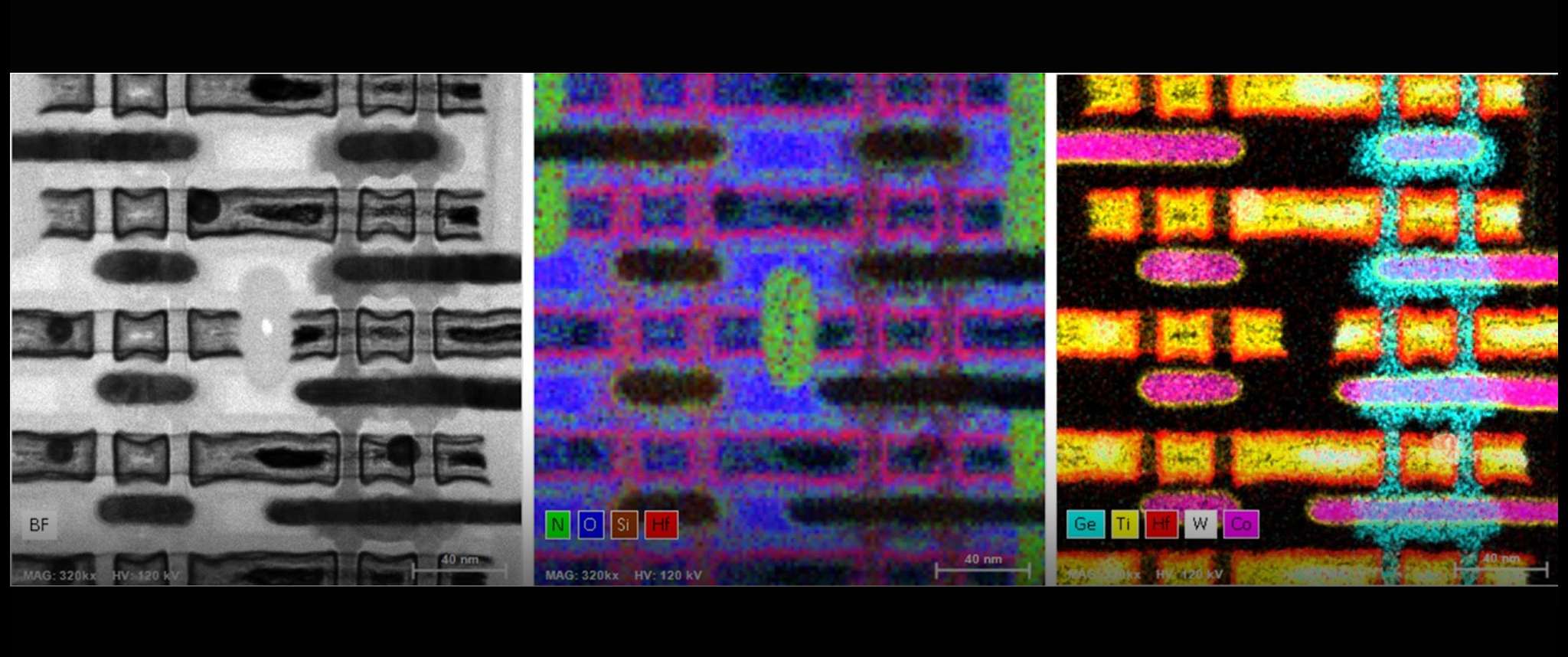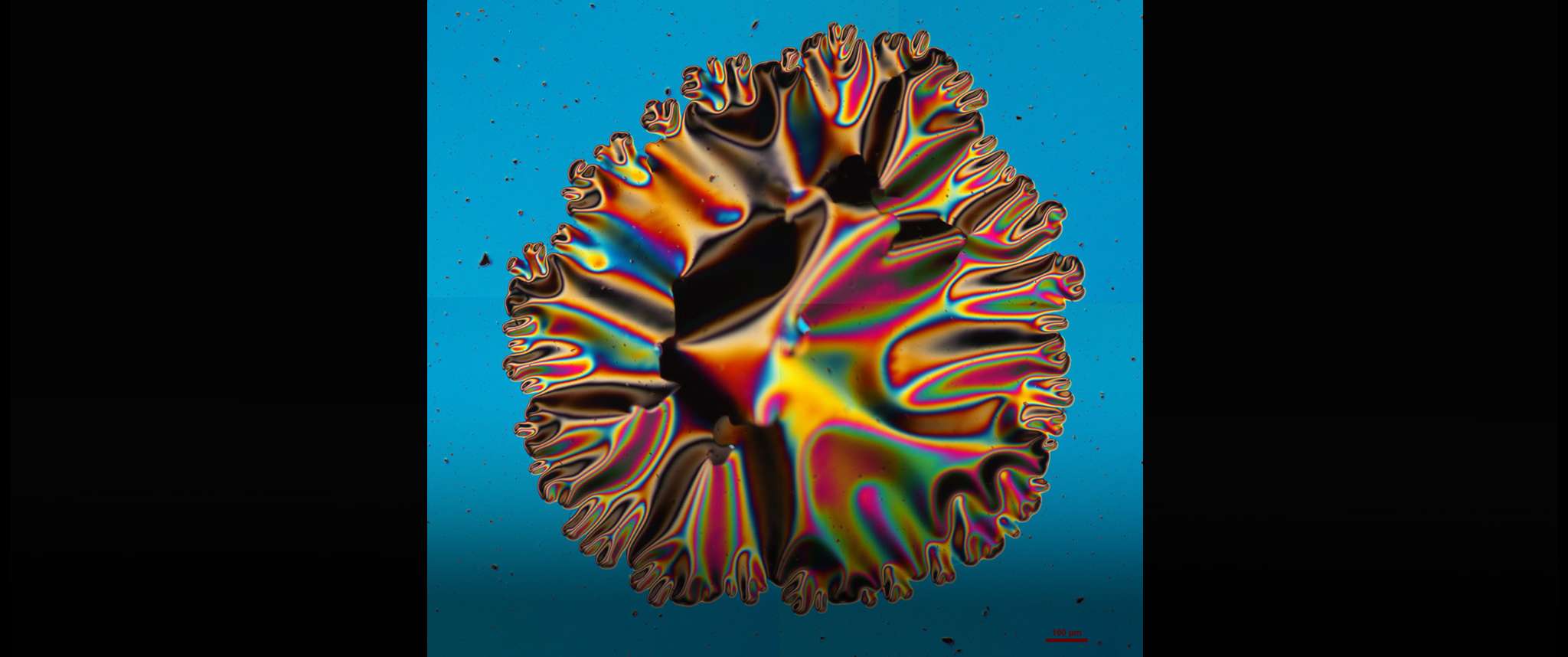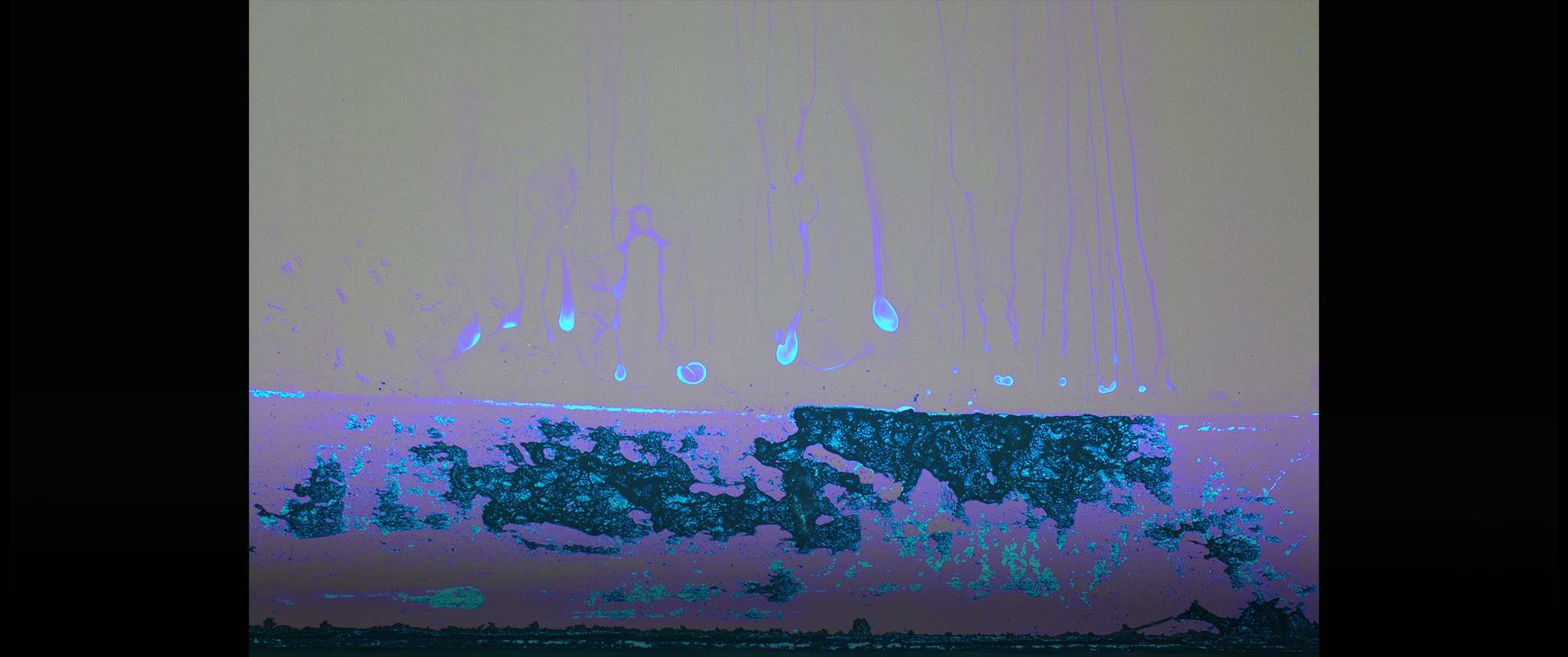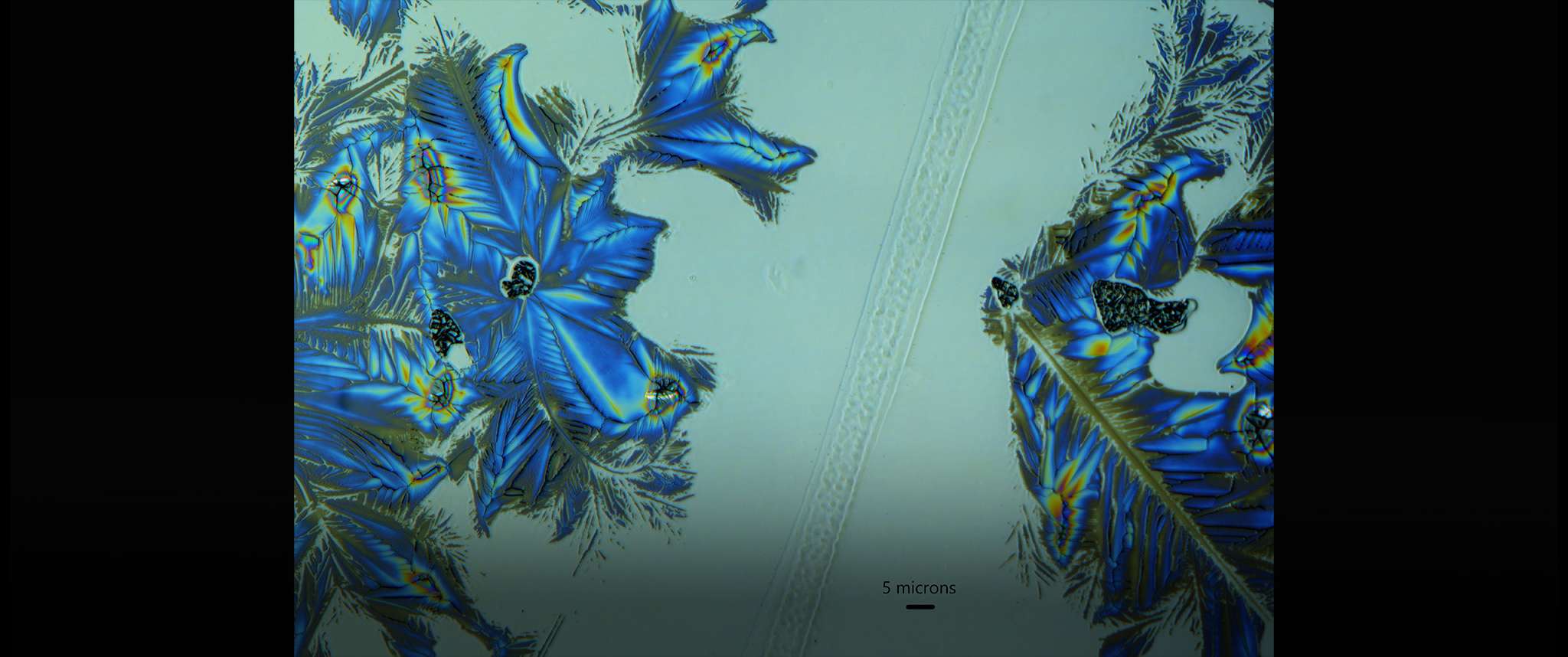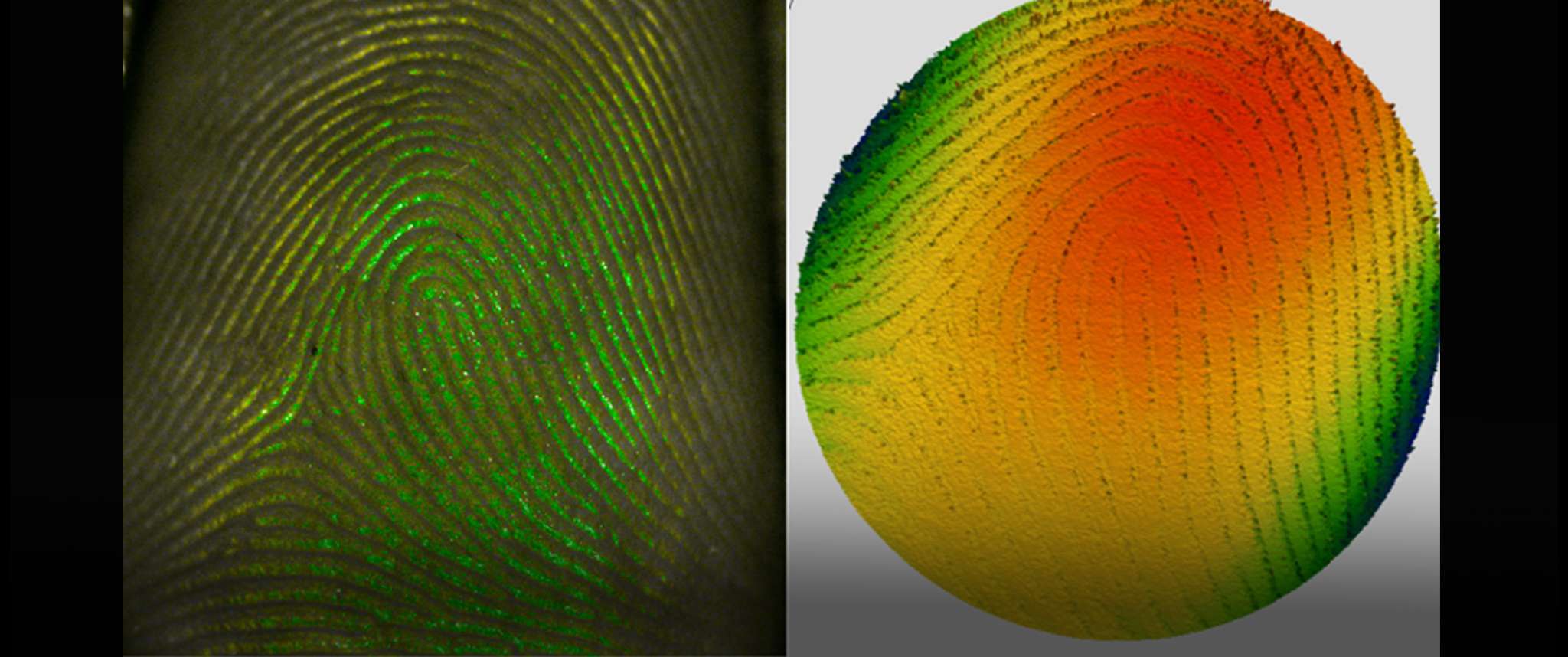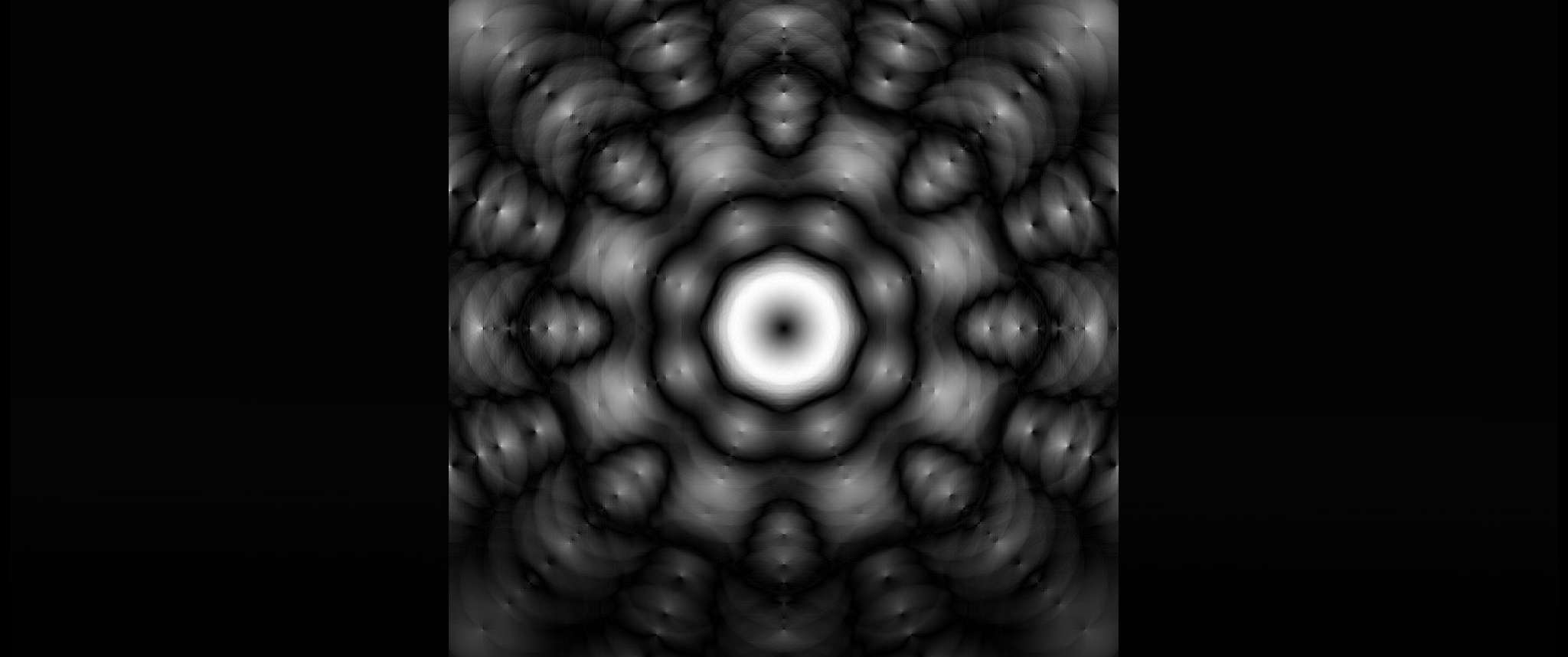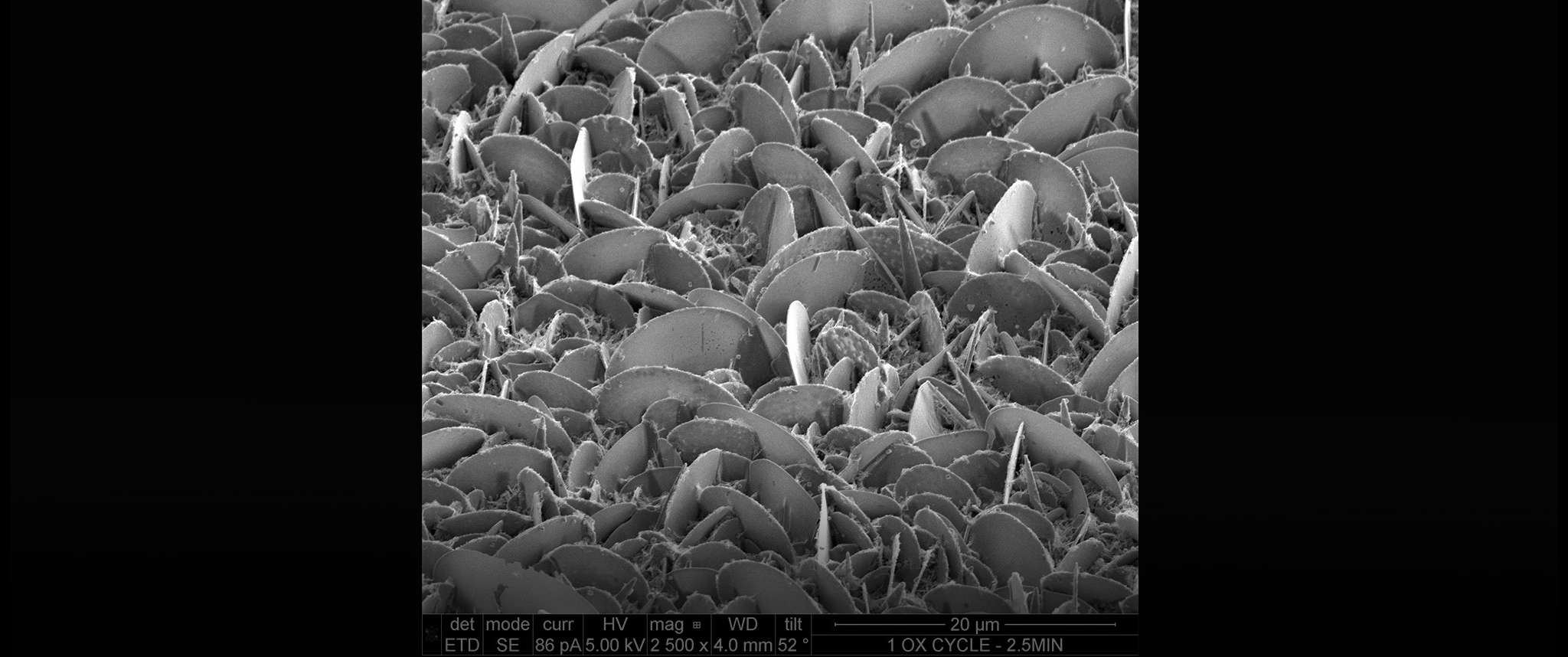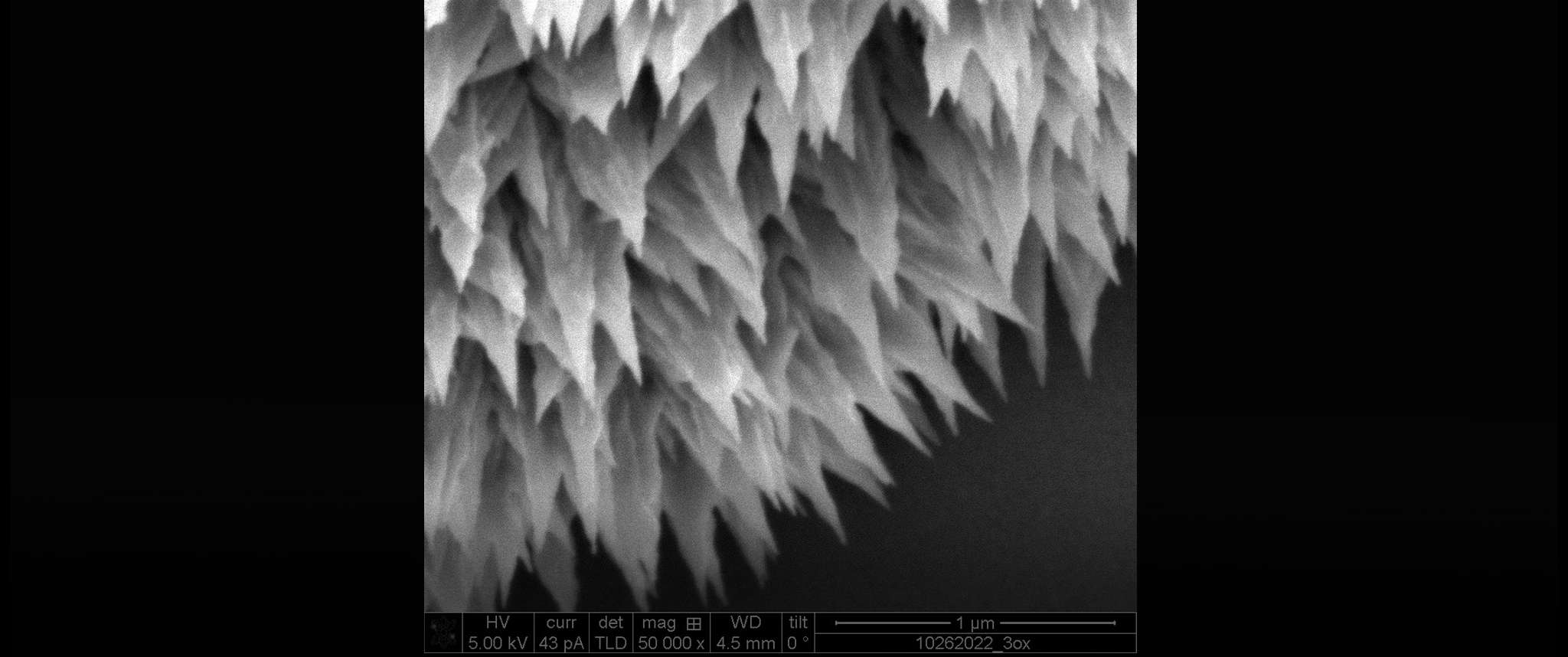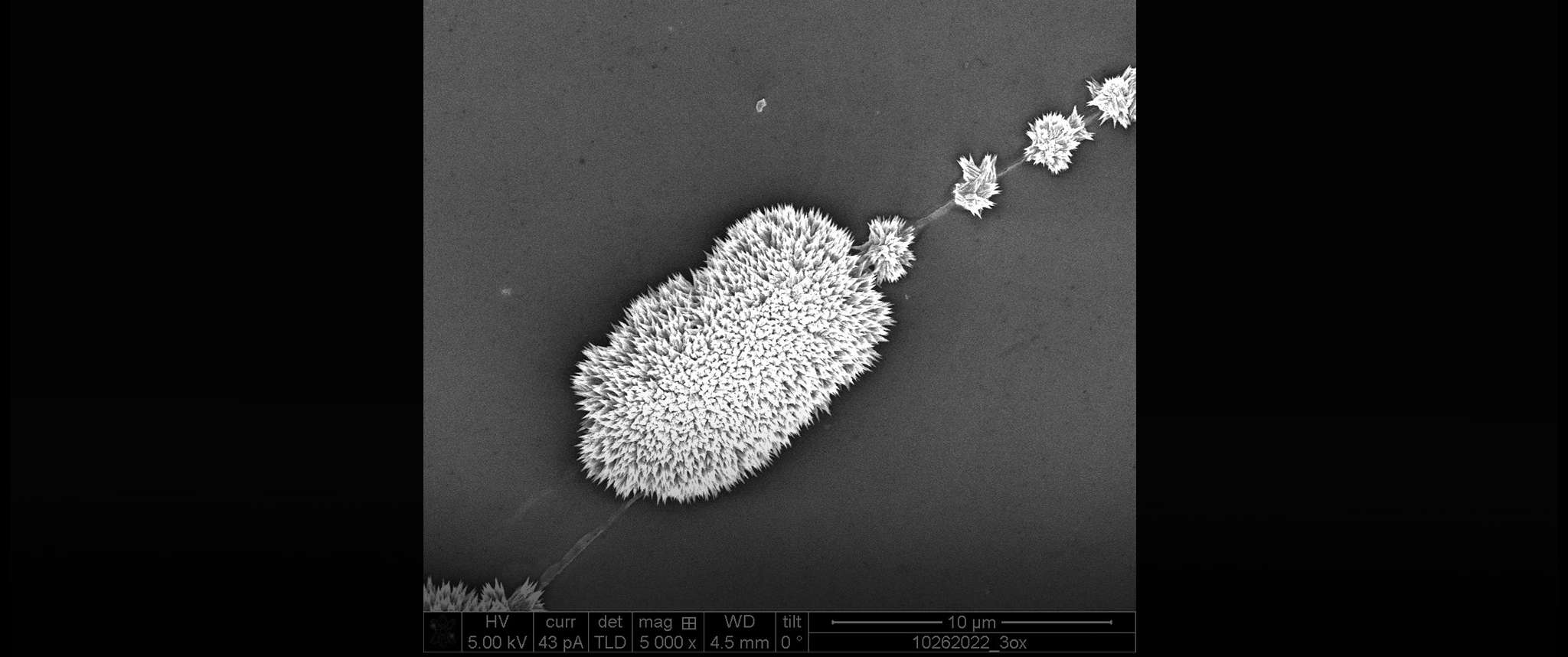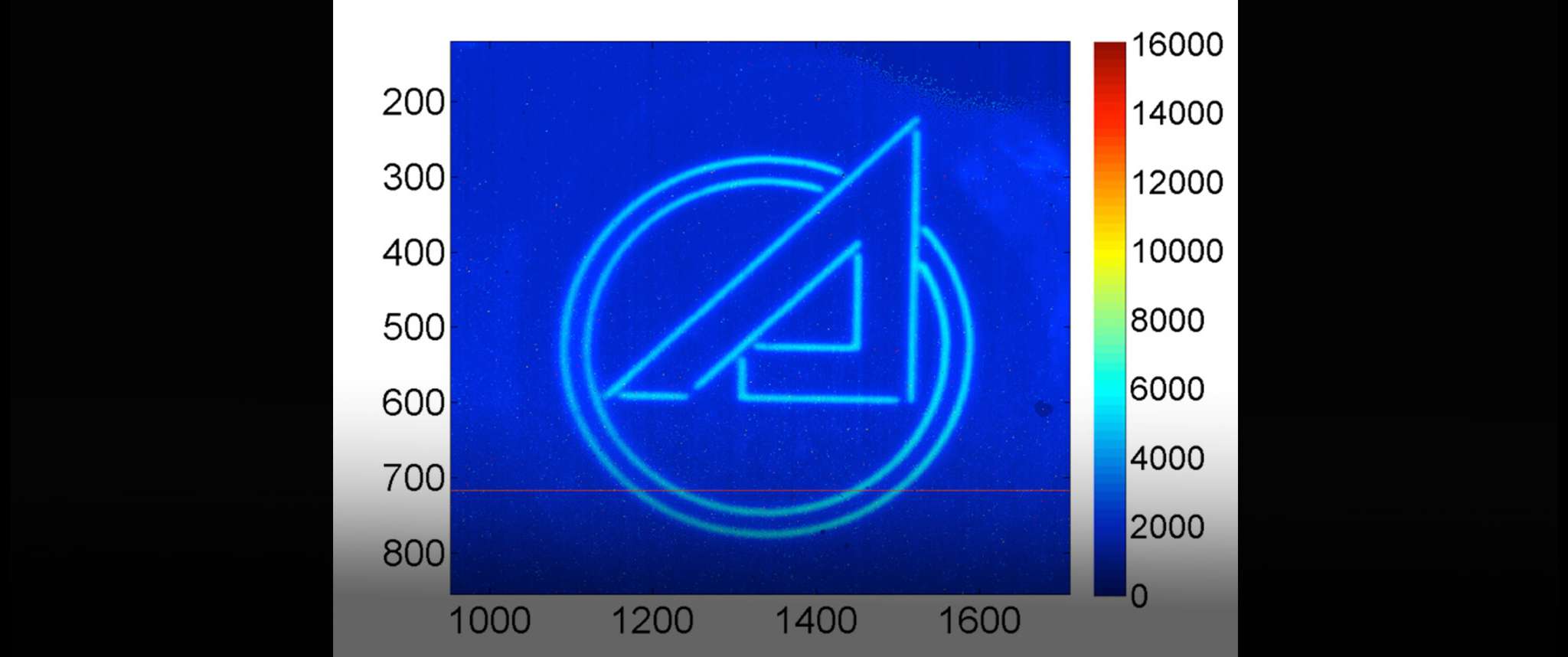Recently, employees wandering down the halls of The Aerospace Corporation's Physical Sciences Laboratories (PSL) building in El Segundo may have wondered if they accidentally stepped into an art gallery rather than a lab. About 40 creative images adorned the walls, with titles like “The Optical Edge” and “Beam Me Up!”
Aerospace hosted a Labs Image Challenge earlier this summer, inviting staff to submit the best imagery from their labs and work. The scientists did not disappoint, pulling images from microscopes and CubeSats and showcasing everything from thrusters to transistors.
“These photos showcase the great work that happens at Aerospace—with an artistic flair,” said Timothy Graves, General Manager of PSL. “There were a lot of awesome entries, making it difficult to pick the best.”
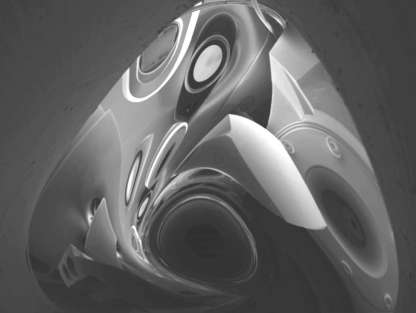
First prize went to Paul Adams, Senior Scientist in the Materials Science Department, for his image “FESEM Hallucinations a la Salvador Dali.” Surreal enough to be in an abstract art collection, this masterpiece was created with a Field Emission Scanning Electron Microscope (FESEM) and a spherical insulator.
Adams swept the competition by a large margin, but other submissions were also deemed prize-worthy (and garnered their creators a cool PSL coffee mug).
Normally broken components cause consternation for programs, but turns out, they also make for great imagery, as evidenced by this submission from Project Leader Chelsea Appleget and Sam Dunscombe of the Advanced Materials Processing Department. The colorful explosion that took second place, “How Sprinkles are Made,” is actually a delaminating sample from the Thin Films Lab.
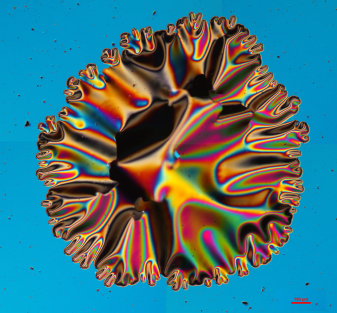
Similarly, Arielle Little’s busted wafer got her a tie for third prize with its stained-glass looking effect. Little is a research scientist in the Optical and Photonic Systems and her “Micro-feathers on Micro-optics” might be the first time someone actually appreciated contaminants getting into their sample.
As a physics research scientist in the Space Sciences Department, Christine Gabrielse’s exploration of atmospheric science led her to a workshop in Texas, where she captured the other third-place image, featuring the diamond-ring effect of the eclipse in “Diamonds are a Sun’s Best Friend.” Colleagues obviously thought her work sparkled.
Other entries included a reflective take on Aerospace’s logo (‘A’ Look in the Mirror), a CT scan of a breakfast pastry (Donut Forget), simulated sunshine (Let There Be Light), and a chilly lapel pin (Cir-Cool-A).
Winners were selected by popular vote, with staff marking ballots as they walked through the makeshift photo gallery in A6. There was also an online voting option for those not able to attend in person.
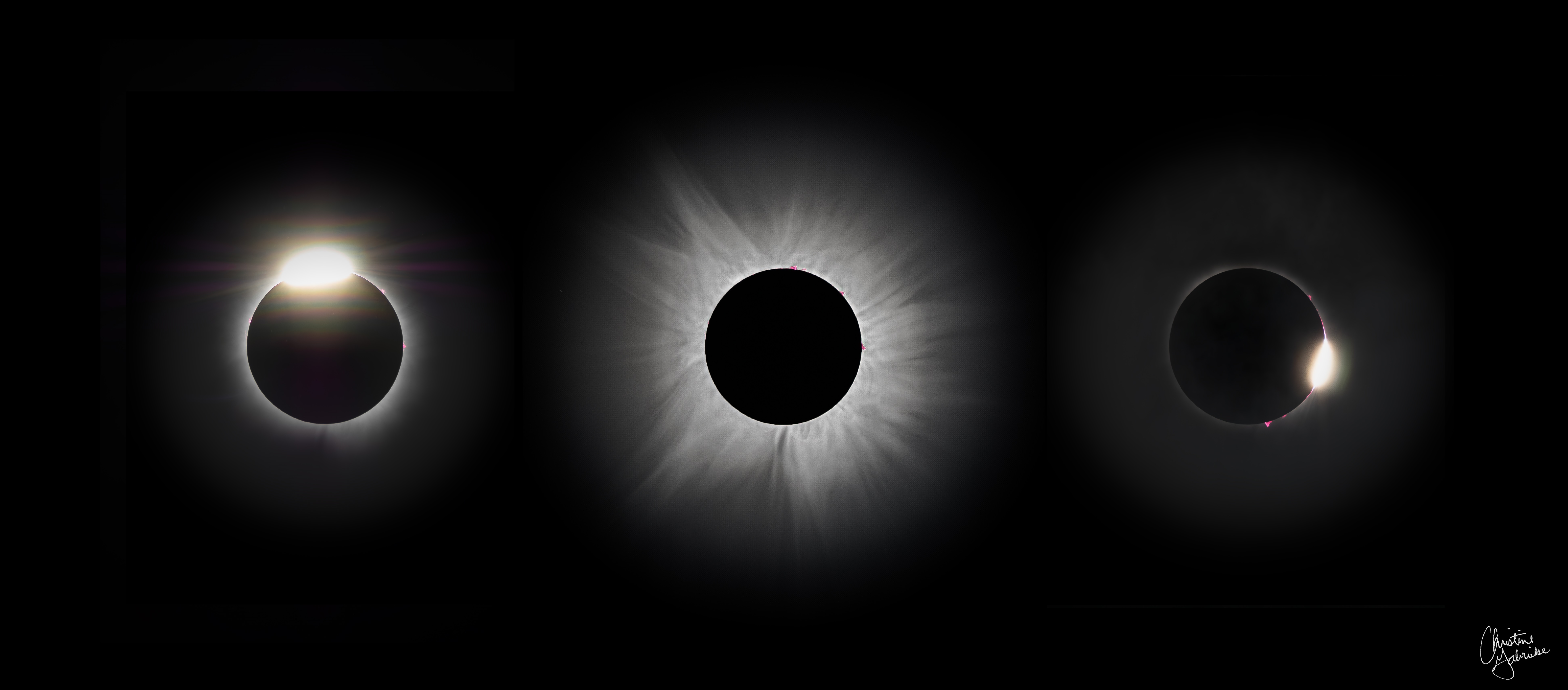
Employees perusing the artwork in the halls were also challenged to exercise their verbal creativity by jotting down alternate titles alongside the corresponding images. Suggested names were plentiful:
- A fingerprint captured using a handheld interferometer was labeled “Yubikey POV”
- The winning photo could be “The New Dr. Who Opening”
- An AeroCube image of Qatar including Shahaniyah Camel Racetrack was dubbed “Low-Res Camel Racing Photofinish”
- With a nod to A6’s affinity for donuts, the donut CT Scan is arguably “El SeGlutenDough”
While some of these employees might have a career in creative writing (or standup comedy), they shouldn’t quit their day job. Their expertise in materials, electronics, photonics and more doesn’t just generate cool pictures. It solves tough customer problems and enables new technology for space day in and day out. Capturing clever photos is fun but supporting the nation’s space enterprise—that’s the bigger picture.
Enjoy more submissions below:



